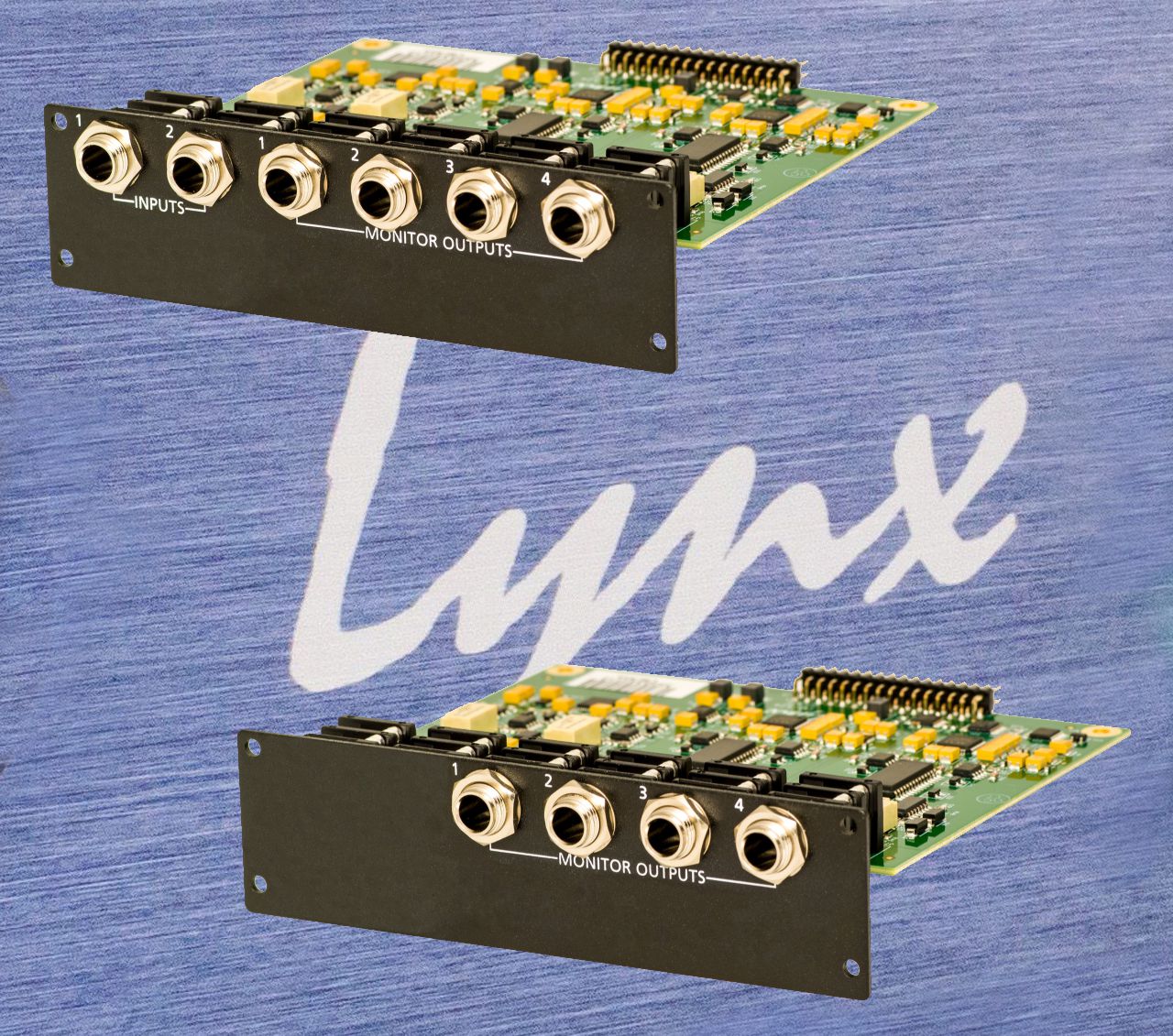News from NAMM 2022:
If you’re building your studio around a 16-channel converter – such as the Lynx Aurora (n) – and your intention is to mix through a summing mixer (you have many options to choose from, at Reflexion Arts, from Heritage Audio’s MCM32 to Kahayan’s Epsilon or the Rupert Neve 5059 Satellite and 5057 Orbit), that will be a simple task: the converter, the dedicated subD 25 multicore and the summing mixer of your choice are basically all you need.

Still, many times, someone has asked us how, without having to rewire, could we have the ability to compare a mix in the DAW, direct to two of the converter’s outputs, with the mix coming out of the summing mixer. You definitely must use two of your inputs and four outputs of your existing 16 and your plans are down the drain.
Clearly, to date they had not made it easy for us, right?
Well, at the NAMM2022, Lynx brought the good news. The new LM-A24 upgrades your Aurora 16 to an Aurora 18/20, that is, 18 analog inputs and 20 analog outputs. And for those who only need 4 outputs more, the LM-A4 is the option.

The Aurora’s are now more flexible than ever in their various configurations: 4 or 8 analog inputs without analog outputs; up to 8 pristine sounding mic and instrument preamps; analog inputs and outputs in groups of 8 up to 32 I/O; 16 digital inputs and outputs via AES-EBU+ADAT/SMUX; ability to interface with any computer via Thunderbolt 3, Dante, HDX and USB (up to 16 channels) and now plus 4 or 8 outputs and plus 2 or 4 inputs, depending on chassis capacity.
Does all this seem a bit confusing to you? Give us a call and we’ll be happy to help you set up your Lynx Aurora (n).




